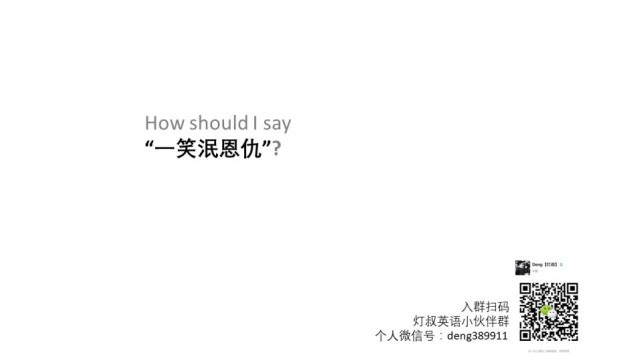昂立版:中口听力原文听写及评析
19-22
W: Professor Pearson, could you give us a brief introduction of the well-known educational system for adult students in Sweden?
M: Yes, in Swedish we call it Folkbillnin, which means the popular non-formal and voluntary educational system for all ages. Although it has been made known very recently, the system has in fact evolved over a hundred years. People in Sweden come together to study on their on conditions, to listen to lectures, and to take part in social and cultural events.
W: Do they have to register for a school course and sit for a classroom teaching as well.
M: Not exactly. All study groups are referred to as study circles, which are conducted by a larger body called study associations. It is the most typical form of liberal adult education in Sweden. A small group of people meet regularly for a period of time, most often a night per week to study a certain subject or theme, or to take part in a cultural activity. The circle consists of five to twelve participants, of whom one is the leader. In Sweden today, there are around 350,000 study circles every year with about two and a half million participants all together. They also arrange more than 200,000 cultural events with about 15 million participants or visitors.
W:This is really a large enrollment, given the total population in your country. But how are the study circle supported? Do you get government grants or are they privately funded?
M: Liberal adult education in Sweden is largely financed by grants from government, regional governments and local councils. The parliament has laid down the aims and conditions for granting government support. The aims are to further individuals' own creativity, and broaden their interesting culture. Furthermore, priority should be given to such activities that aim at narrowing and bridging educational gaps and that are geared toward those who are educationally, socially and culturally disadvantaged.
Q19: How long has the Swedish adult educational system evolved?
Q20: Why do people participate in the activities of a study circle?
Q21: According to the man, how many study circles are there annually in Sweden today?
Q 22: Which of following is not an aim set by the parliament for the study circle?
点评: 此篇对话讨论了瑞典的成人学习体系。原文多次出现了数字,而题目选项中必定有两题是数字题,因此应该在听的过程中对照选项在数字上作些笔记,这样,问题出来之后就胸有成竹了。最后一题要听清问题问的是"not an aim"。











